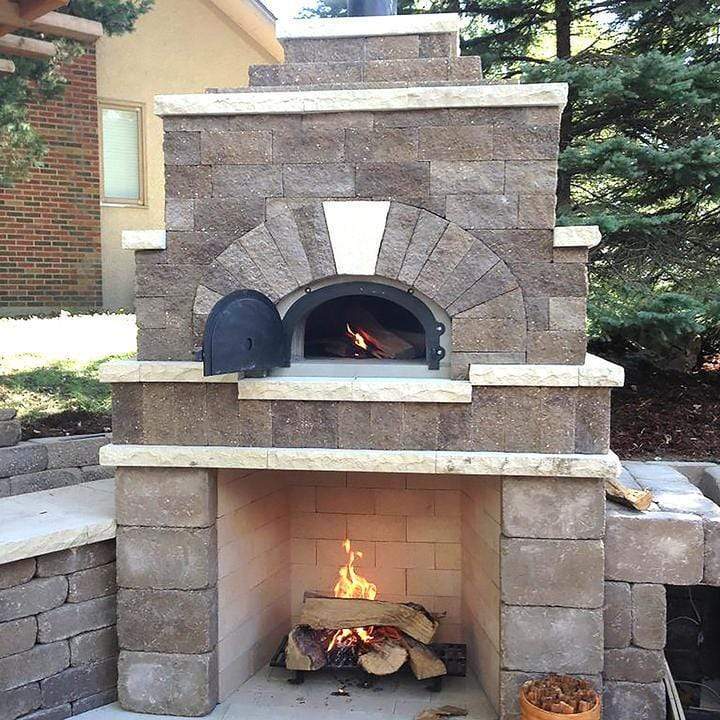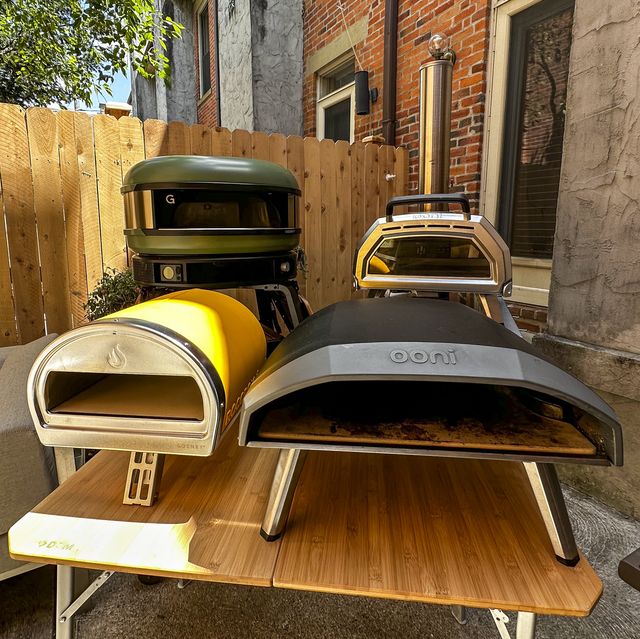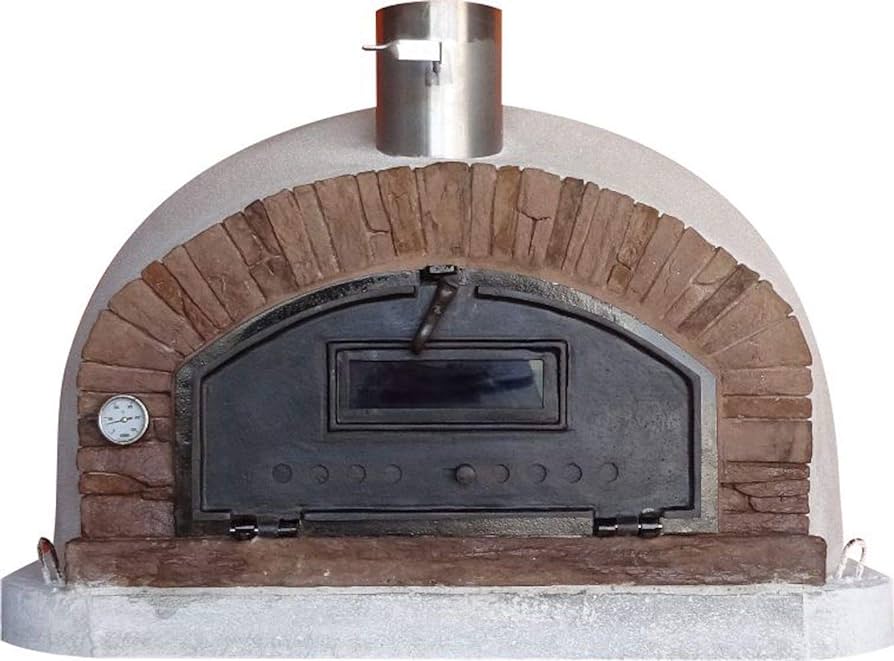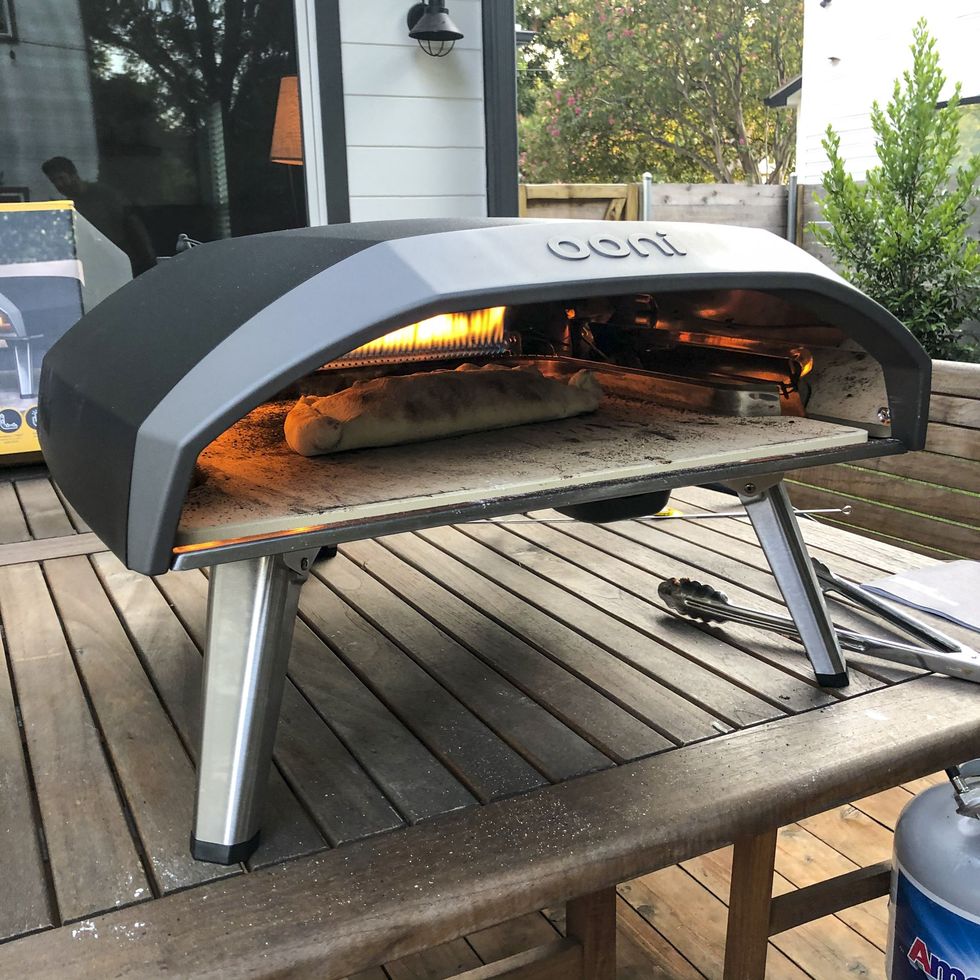Introduction:
Building an outdoor brick oven is an exciting project that can enhance your outdoor cooking experience and add a touch of rustic charm to your backyard. While the cost of constructing a brick oven can vary depending on various factors, such as size, design, materials used, and labor costs, it is essential to consider all these aspects before embarking on the project. In this article, we will explore the potential expenses involved in building an outdoor brick oven and provide a comprehensive overview of the key cost considerations.

How much does it cost to build an outdoor brick oven?
Oven Size and Design:
a. Size Considerations: The size of the brick oven will significantly impact the overall cost. Larger ovens require more materials, including bricks, insulation, and structural support.
b. Design Complexity: The complexity of the oven design, such as curved arches or decorative elements, can increase labor and material costs. Simple designs are generally more cost-effective.
Materials:
a. Bricks: Bricks are a fundamental component of a brick oven. The type and quality of bricks chosen can affect the overall cost. Fire bricks, which are highly heat-resistant, are typically used for the oven chamber, while regular bricks may be suitable for the outer structure.
b. Mortar: The type and quality of mortar also impact the cost. Fire-resistant mortar is essential for the oven chamber, while regular mortar can be used for the outer structure.
c. Insulation: Insulation materials, such as ceramic fiber blankets or vermiculite concrete, are crucial for heat retention and efficiency. The cost will depend on the chosen insulation and the desired insulating thickness.
d. Hearth Material: The material used for the oven’s hearth, where the food is placed for cooking, can vary. Options include fire bricks, refractory tiles, or natural stone. The cost will depend on the material chosen and its availability.
e. Chimney and Venting: The chimney and venting system are necessary to ensure proper airflow and the release of smoke. Costs will depend on the type of chimney material, such as clay or stainless steel, and the complexity of the venting design.

Foundation and Base:
a. Foundation Construction: A solid foundation is essential to support the weight of the oven. The cost will depend on factors such as the size and depth of the foundation, as well as the excavation required.
b. Base Material: The base of the oven can be made from a variety of materials, including concrete, brick, or stone. The cost will vary depending on the chosen material and its availability.
Labor:
a. DIY vs. Professional: The decision to build the oven yourself or hire professionals will significantly impact the overall cost. While building the oven yourself can save on labor costs, it requires sufficient time, skill, and knowledge. Hiring professionals ensures expertise but may increase expenses.
b. Skill Level: If hiring professionals, their level of expertise and experience will affect the labor cost. More complex designs or custom features may require specialized skills, potentially increasing the labor expenses.

Additional Costs:
a. Tools and Equipment: Building an outdoor brick oven requires various tools and equipment, such as trowels, masonry saws, and levels. If you don’t already own these tools, purchasing or renting them will incur additional costs.
b. Permits: Depending on local regulations and building codes, permits may be required for constructing an outdoor brick oven. The cost of obtaining permits will vary depending on your location.
c. Accessories: Consider additional costs for accessories such as oven doors, thermometers, pizza peels, and other cooking tools. These items can enhance functionality but are not essential for the oven’s construction.
d. Maintenance: It is important to consider long-term maintenance costs, including cleaning supplies, replacement parts, and potential repairs over time.
Cost Range:
a. Basic Oven: An outdoor brick oven with a simple design and smaller size can cost anywhere from $1,000 to $5,000, depending on the materials used and labor involved. DIY construction can help reduce costs within this range.
b. Custom Designs: Larger, more complex ovens with custom designs and additional features can cost between $5,000 and $10,000 or more. Professional installation and specialized design elements contribute to the higher end of this range.

Cost-Saving Tips:
a. DIY Approach: Building the oven yourself can significantly reduce labor costs. However, ensure you have the necessary skills and knowledge before attempting a DIY project.
b. Smart Material Selection: Opt for cost-effective materials without compromising quality and functionality. Comparing prices and sourcing materials from local suppliers can help save costs.
c. Plan and Design Carefully: Proper planning and accurate measurements can help minimize material waste, saving you money in the long run.
d. Utilize Existing Space: Incorporating the oven into an existing outdoor kitchen or patio area can reduce the need for additional construction and expenses.

Cost-Saving Tips (continued):
a. Salvaged Materials: Consider using salvaged or recycled materials for certain aspects of the oven, such as the base or decorative elements. This can significantly reduce costs while adding a unique touch to your oven.
b. Local Resources: Look for local resources, such as brick manufacturers or suppliers, to reduce transportation costs and support local businesses. They may offer competitive prices or discounts for bulk purchases.
c. Group Projects: If you have friends or family members interested in building their own ovens, consider pooling resources and sharing the cost of materials and tools. This collaborative approach can lead to cost savings for everyone involved.
d. Research and Compare: Take the time to research different suppliers, contractors, and materials. Compare prices, quality, and warranties to ensure you get the best value for your money.
Return on Investment:
a. Increased Property Value: Building an outdoor brick oven can enhance the aesthetics and functionality of your outdoor living space. This can potentially increase the value of your property, providing a return on your investment.
b. Cost Savings: Cooking in an outdoor brick oven can be energy-efficient compared to indoor electric or gas ovens. The ability to cook with the oven’s residual heat or utilize wood as a fuel source can help lower energy costs over time.
c. Entertainment and Enjoyment: The value of having a dedicated outdoor cooking area and the joy of using a custom-built brick oven cannot be measured solely in financial terms. The memories, experiences, and enjoyment it brings to family and friends can be priceless.
Conclusion:
Building an outdoor brick oven can be a rewarding project for cooking enthusiasts. While costs can vary based on size, design, materials, and labor, careful planning and consideration of these factors can help estimate expenses accurately. The size and complexity of the oven, along with the materials chosen, will significantly impact the overall cost. Labor costs can be reduced through a DIY approach, although professional installation may be necessary for more complex designs. Additional expenses such as permits, tools, accessories, and long-term maintenance should also be considered. By understanding these cost considerations and exploring cost-saving tips, you can embark on your outdoor brick oven build with a well-informed budget and a vision of creating a functional and charming cooking space in your backyard.

